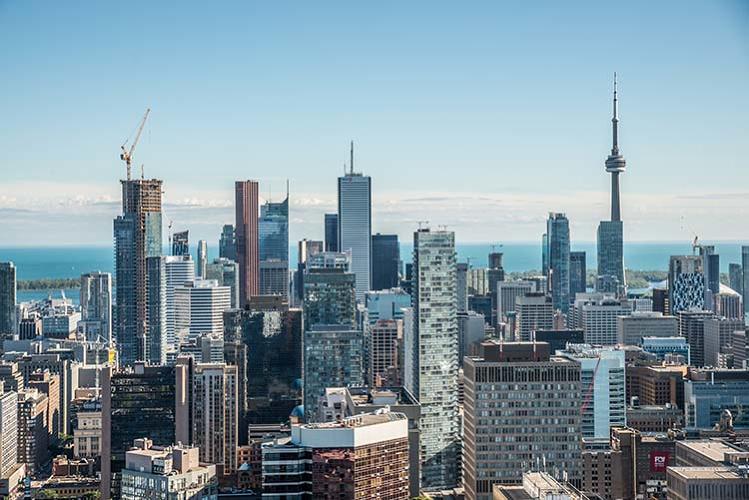As my last blog entry, I wanted to use this post to sum-up the ideas of the class and my learnings over the semester. But, after seeing this video, I had to share this first.
\
Source: Sante Nature Innovation 2014, Sans un mot cette video vous rend muet en 6min, Facebook page, 11 April 2014, accessed 3 June 2016, <https://www.facebook.com/554178414627483/videos/741072019271454/>.
In his post, John Voss, former architect now artist whom shared this video, accompanied it with only three words: "faster cheaper more". For me, this perfect summation of what the horror witnessed in this video represents, was just as powerful as the video itself. The suffering experienced by these animals to increase the efficiency of production - fitting more animals in less space, feeding them minimally, processing them alive - all to save a few hours and dollars. And while we may not advocate or even be able to control the conditions these animals have to endure, the possibly even more unnerving scale of production hits home because it is to feed our gross over-consumption.
We are consumers. Consumers of resources, Consumers of money, Consumers of food. And it's not only bad for our planet, but its bad for ourselves and yet we do it anyway. The discussion on food waste in last week's lecture detailed the environmental impacts of clearing land and the disposal of waste. But we did not touch on the implications of wasting animal products. Animal cruelty as a byproduct of gross consumerism and food waste is a powerful message. Source locally. Only take what we need. Manage waste responsibly.
To Sum Up
It's difficult to sum up this blog across ideas of population growth, urban planning and smart cities next to climate change and resilience and sustainable behaviours, education and waste management. It's been a rollercoaster of debate over the place of technology in the future of our cities and the role of governments, professionals and individuals in the sustainability movement. City-based solutions to global issues are diverse and sometimes conflicting but there is one message that seems to shine through all of this. When managing sustainability and urbanisation in cities, no matter the tool, the intent must be good and true. This seems obvious but a growing preoccupation with economic outcomes is clear in so many of these articles and videos and it deters from social and environmental objectives, without which, sustainability cannot be achieved.







